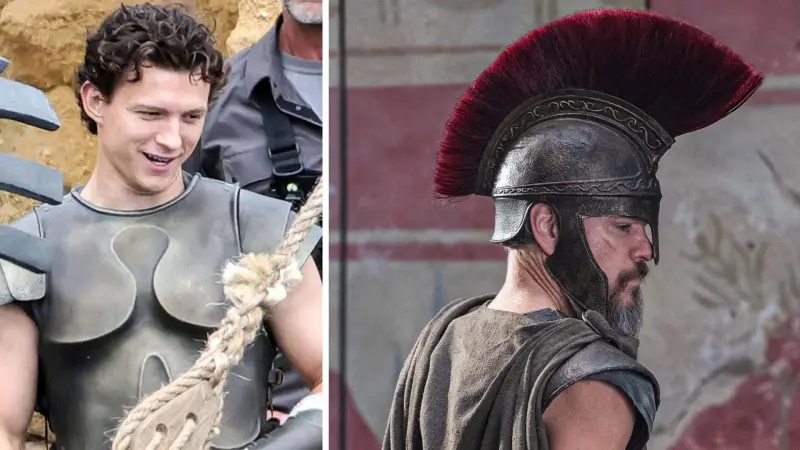A Glimpse Into Prehistoric Life
Discovered in 2010 in El Mirón Cave, northern Spain, the ‘Red Lady’ is a well-preserved skeleton from the Upper Paleolithic period. Coated in red ochre, her remains date back approximately 19,000 years, offering invaluable insight into human life following the last glacial maximum.
Recent advancements in ancient DNA analysis have allowed researchers to uncover even more details about the Red Lady’s ancestry and the broader ecosystem of El Mirón Cave. By using sedimentary ancient DNA (sedaDNA), scientists have reconstructed nearly 46,000 years of history without needing additional skeletal remains or artifacts.
A Breakthrough in Ancient DNA Research
Traditionally, understanding prehistoric life required studying bones and physical remains. However, sedaDNA—a method that extracts genetic material from soil layers—has revolutionized the field. Researchers can now identify the presence of species that once inhabited an area, even if no skeletal remains exist.
A study published in Nature Communications revealed that the soil at El Mirón Cave preserved DNA exceptionally well, allowing scientists to trace various life forms over millennia. The findings included traces of previously undocumented species such as cave hyenas, leopards, cave lions, and an extinct dhole species, which is now only found in parts of Asia. Large herbivores like woolly mammoths, reindeer, and rhinoceroses were also detected.
Connecting the Red Lady to Her Ancestors
One of the study’s most remarkable discoveries was the identification of human DNA from the ‘Fournol’ genetic lineage. This group of Western European hunter-gatherers lived during the peak of the last glacial maximum, around 25,000 to 21,000 years ago. By comparing the DNA extracted from sediment with that of the Red Lady, researchers confirmed that she descended from these earlier populations.
“These were the people whose range had contracted southward due to climate change,” explained Lawrence Straus of the University of New Mexico, a lead researcher on the project. “They preceded the Red Lady and contributed to her genetic makeup.”
A Window Into Prehistoric Ecosystems
The ability to extract and analyze DNA from soil layers provides an unprecedented look into ancient human and animal interactions. In the case of El Mirón Cave, the uninterrupted DNA record spans tens of thousands of years, covering the transition from Neanderthals to modern humans.
“We don’t need bones anymore,” Straus emphasized, highlighting how sedaDNA enables archaeologists to reconstruct past environments with remarkable accuracy. This technology not only deepens our understanding of prehistoric life but also offers new opportunities for future discoveries in archaeology and genetics.







